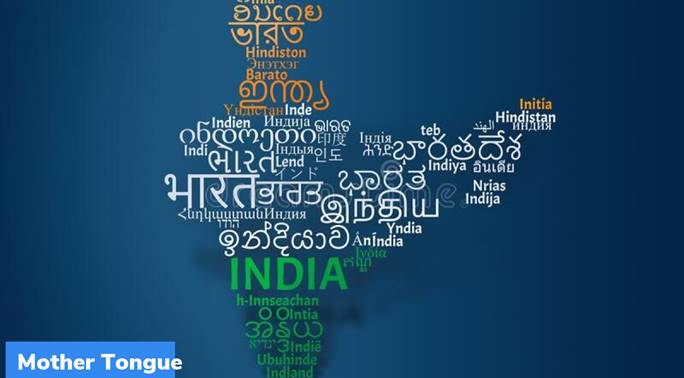Free Courses Sale ends Soon, Get It Now


Free Courses Sale ends Soon, Get It Now



Copyright infringement not intended
About
Mother tongues in India
Highlights of New Education Policy 2020
Objectives of NEP 2020
https://t.me/+hJqMV1O0se03Njk9
© 2024 iasgyan. All right reserved